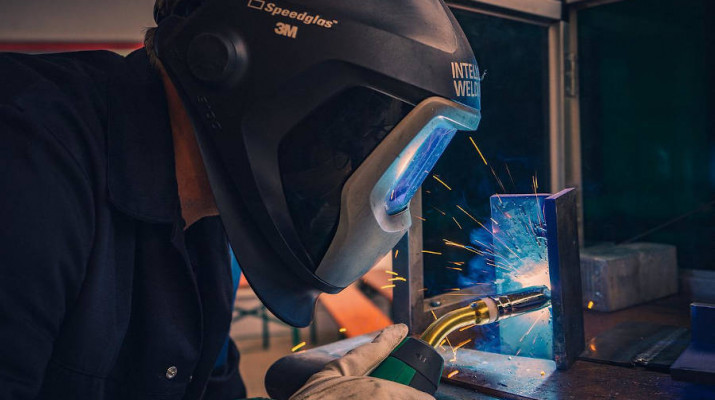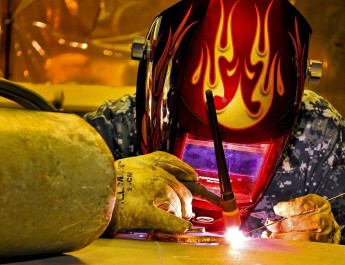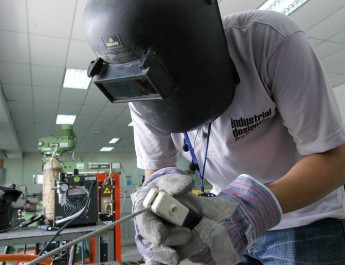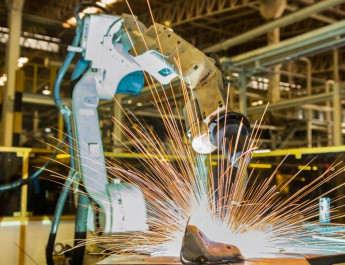Welding is an area of life that has been linked to the history of mankind since the dawn of time. Already in prehistory, methods of focal heating of metals by heating them to a plastic state and chiseling were mastered. In ancient times, lead welding and tin soldering were discovered. The Middle Ages are the period of discovery of steel and its domination among medieval reinforcement and metallurgy. It was during this period that focal welding was popularized and enriched with the technique of metal soldering – which resulted in a multitude of jewelery applications such as the production of brooches and rings.
The revolution came only at the end of the 19th century, when gas and electric welding methods were introduced into circulation. It began in 1862 at the hand of Frederick Wöhler, who discovered the calcium carbide known as carbide. 32 years later, Henryk Maisson, a French, discovered a method to obtain carbide in industrial quantities – namely, with the help of resistance furnaces, where, at temperatures of over 2,000 degrees, the lime-coal mixture was calcined after grinding.
The next step was the invention in France in 1897 by Claude and Hesse of a method for dissolving acetylene in acetone, thereby making it possible to store acetylene. In 1901, Charles Picard, using the method of obtaining oxygen by condensing and distilling air, developed the first oxy-acetylene welding torch, after three years modifying it for a steel cutting torch with a pure oxygen stream.
In parallel, another welding method was also developed – namely, thermal welding – which was accomplished by reducing iron oxides by aluminum. However, acetylene welding took over, which after 1910 was adapted to welding industrial metals on a large scale.
The history of the welding industry in Poland is worth noting. Well, in 1882, the Polish engineer Stanisław Olszewski in cooperation with the Russian, Mikołaj Benardos, developed a method of welding with the use of an electric arc. A method that was then improved by Sławianow, who introduced carbon electrodes and a fusible metal electrode. A patent for flux coated metal electrodes was filed in 1908 by Kiellberg. Another advance was made in 1924, with the invention of atomic welding in the United States. Subsequently, other methods of combustion were invented, such as automatic submerged arc welding, in a protective gas shield, diffusion, electron welding, plasma welding, and finally laser welding.
In Poland itself, however, the bow exercise began only after the First World War, with the construction of carriages and buildings. In 1922, the Welding Section was established within the Association for the Development of Welding and Metal Cutting and the production of a thematic magazine. Already before World War II, the Welding Institute was to be established, but it was established in 1945 in Gliwice and operates to this day, and welding education is constantly extended to polytechnic universities and special schools for welders.




